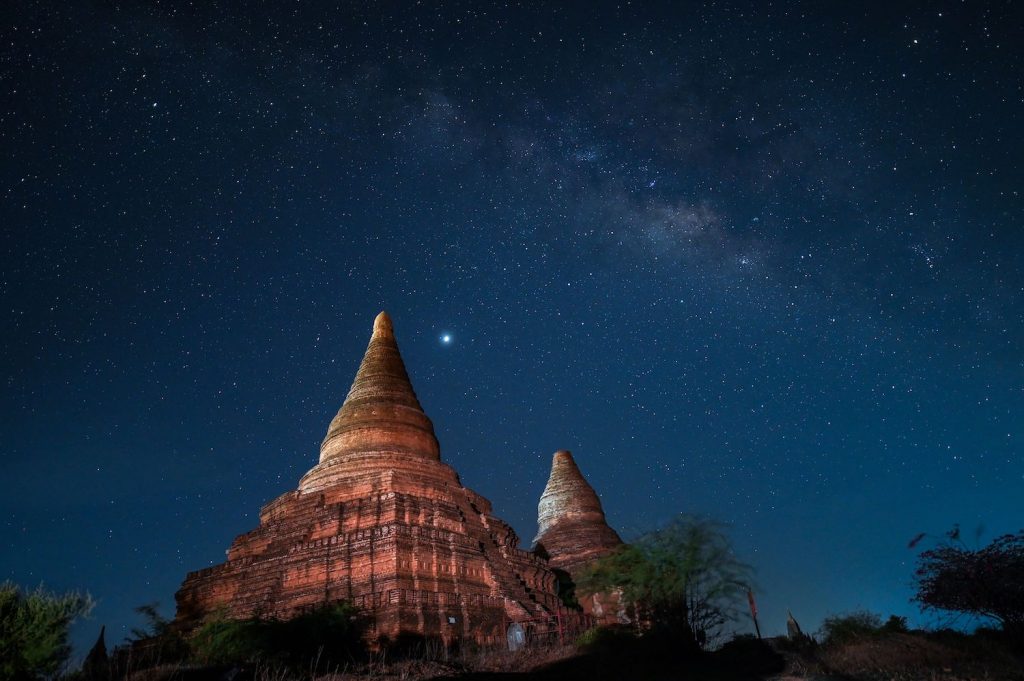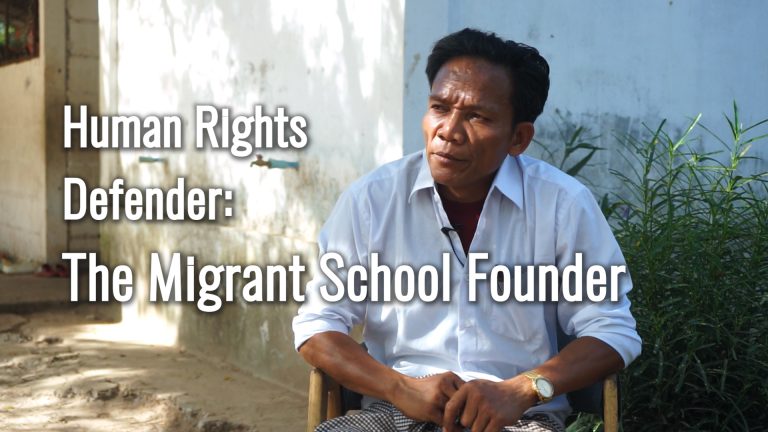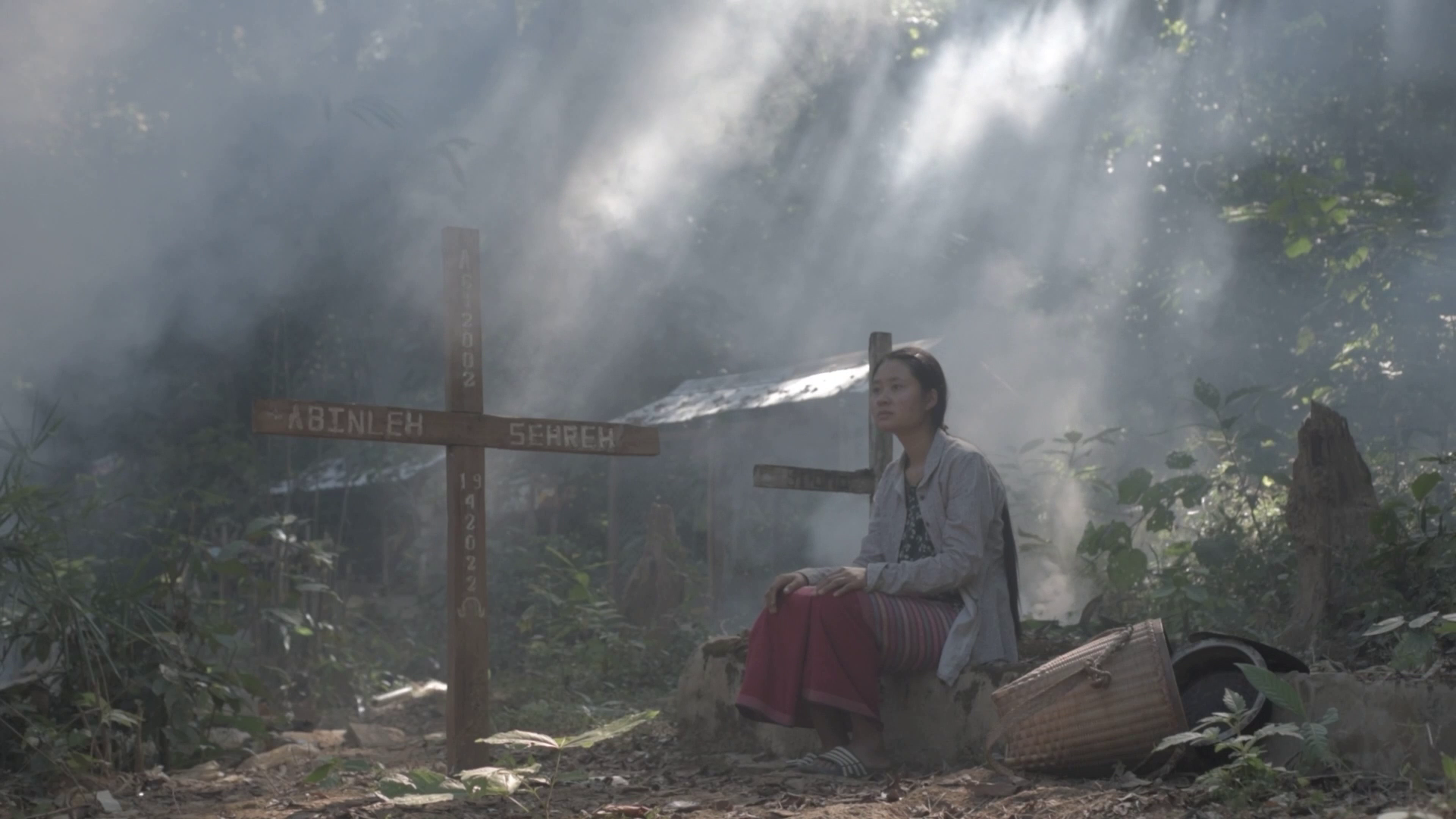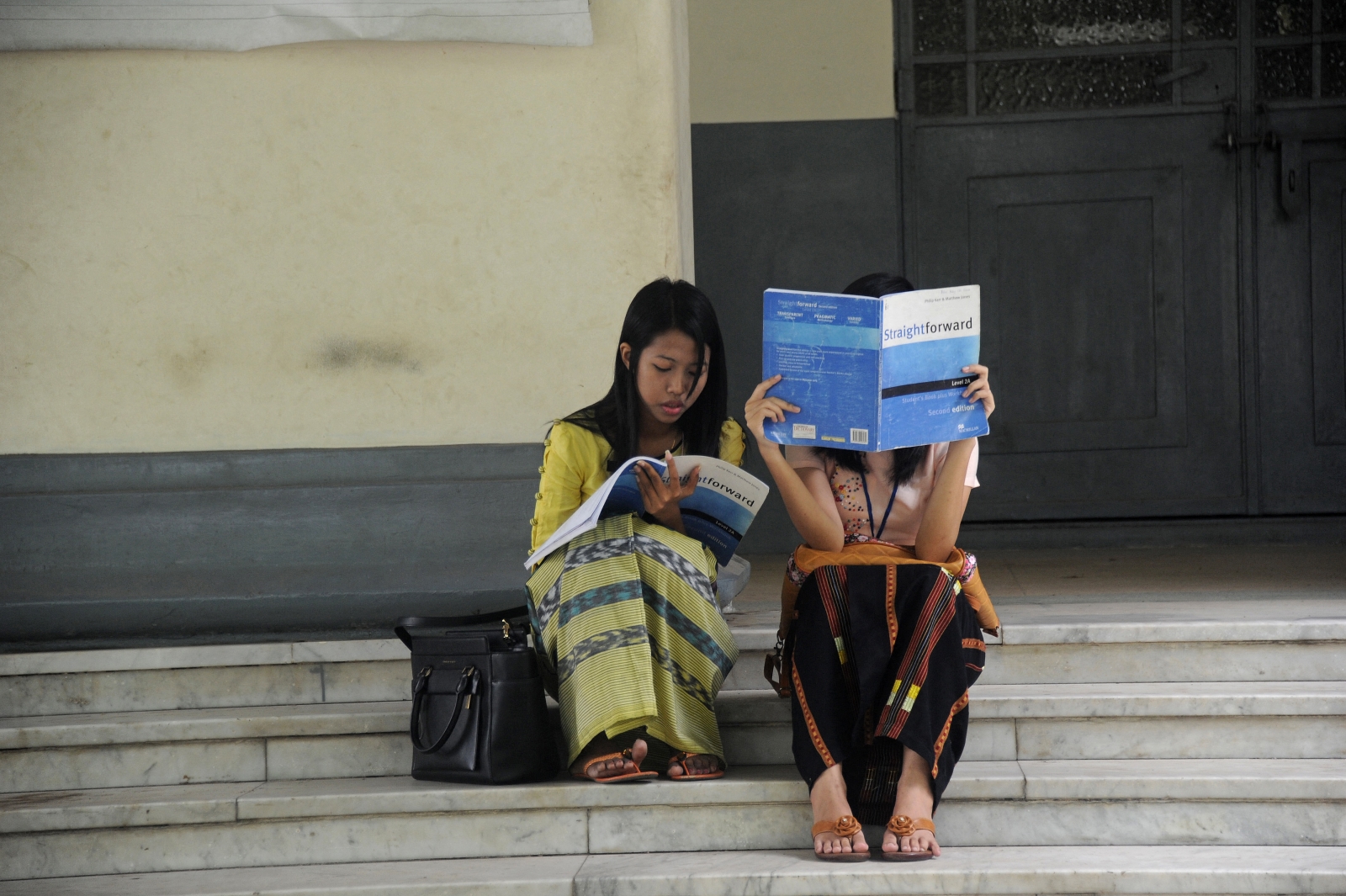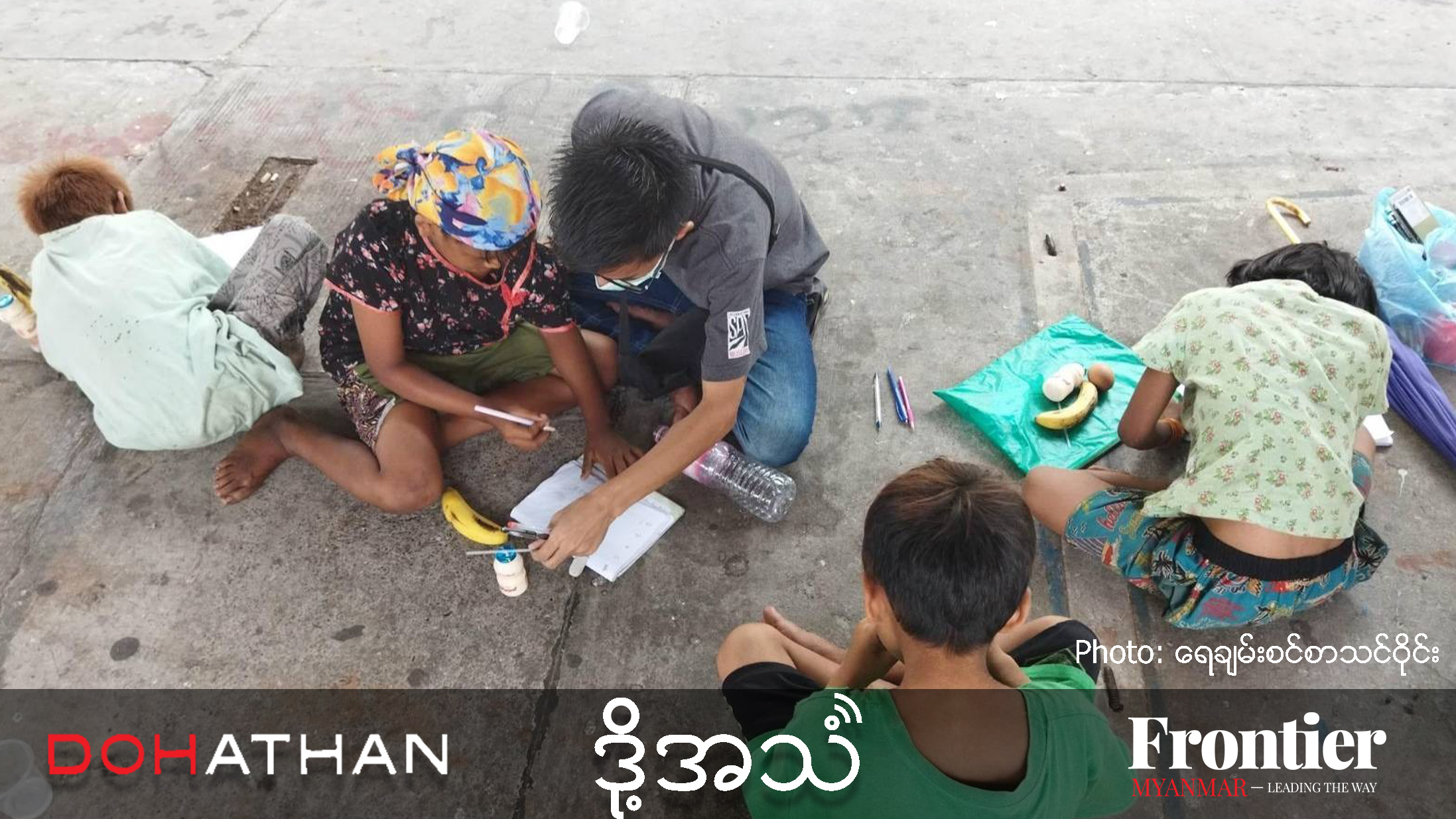The recent publication of famed historian Dr Than Tun’s PhD thesis on Buddhism and Bagan provides a reminder that the primary sources do not support much of what we have been taught about Myanmar’s first empire.
By DR MYINT ZAN | FRONTIER
The late Dr Than Tun (April 6, 1923-November 30, 2005) was one of the preeminent historians of Myanmar in the late 20th century. Through a long academic career that began with undergraduate degrees in history and law from Rangoon University he published many academic articles in both Burmese and English, and many books in Burmese.
After graduating from Rangoon University, sayagyi (“revered teacher”) Than Tun earned a doctorate in history from the University of London. He returned to Burma (as it was then officially called) and was professor of history at the University of Mandalay from 1965 until his retirement in 1983, after which he was a visiting professor at Northern Illinois University in the United States and Kyoto University in Japan. During the 1980s he completed his mammoth, 10-volume work, The Royal Orders of Burma, which collected, collated and translated (albeit only in skeletal form) the royal orders issued by various Burmese kings between 1598 and 1885.
An enduring feature of Than Tun’s work, and one that made it so distinctive, was that he eschewed reliance on the writings of earlier chroniclers. Instead, he focused his research on primary sources: specifically, by collecting, collating and interpreting the historical events recorded in epigraphs, inscriptions and votive tablets. It was history as told through contemporary artefacts.
Than Tun was also known for being a blunt speaker who was unafraid to express controversial views on history and politics – in time, he became a critic of Myanmar’s military regimes, mainly through radio interviews with foreign-based radio stations, such as Radio Free Asia, particularly for their attempts to (as he saw it) rewrite or reimagine history.
His tendency to tell it as it is shines through in History of Buddhism in Burma, AD 1000 to 1300, a revised and enlarged version of the thesis he submitted for his doctorate in 1956. The thesis is based on Than Tun’s study of inscriptions from the period, many of which were in what he describes as “mediaeval” Burmese. This is so unlike modern Burmese that about 95 percent of the time I was unable to read the phonetic transliteration. Helpfully, Than Tun provides English translations.
Local publishing house Seikku Cho Cho published a fourth edition of the English-language book in January and it is available in some Yangon bookstores for about K8,000. It can also be ordered through the publisher’s Facebook page.
The book gives no information on the first or second editions, but states that the third edition was published in the Journal of the Burma Research Society in 1978, shortly before it ceased publishing. This fourth edition was retyped from that third edition, the publisher told me.
I am no historian, but I have an interest in Myanmar’s past and have read fairly widely on the subject. What struck me about History of Buddhism in Burma, AD 1000 to 1300 was how much of it does not conform to popular beliefs or understanding about the period.
Below are nine of the most significant claims that Than Tun made in his thesis that can well be considered contrary to what we were taught or have read, and what millions of children are still being taught today.
King Anawrahta (Than Tun used the phonetic Aniruddha) apparently did not invade Suvanabhummi (the area around modern-day Thaton in Mon State) to obtain the Buddha’s teachings. Most chronicles state that Anawrahta, who is considered the founder of the first Burman Empire, who ruled from 1044-1078, invaded Suvanabhummi in 1057 to gain the tipitaka (“three baskets”) that comprise the Theravada Buddhist canon. Than Tun asserts that his invasion was more of an afterthought, following Anawrahta’s incursions into Bago and lower Myanmar. To me this is significant since high school and University history textbooks of years gone by claim that King Anawrahta invaded Suvannabhumi in the 11th century to take the Buddhist texts by force, after Suvannabhummi’s King Manuha refused Anawrahta’s initial request to send them to Bagan.
The Buddhist monk Shin Arahan did not quite bring Buddhism to Bagan. The monk Shin Arahan is credited with converting Anawrahta to Theravada Buddhism and “inspiring” or prompting the Suvanabhummi campaign. If he actually did bring Buddhism to Bagan, it was not the “pure” version claimed in the chronicles. Regardless, Buddhism (a combination of Theravada and Mahayana, with Hindu elements) already existed in various forms quite some time before Anawrahta became king in 1044. This again does not fully conform to what is often taught, which is that it was mainly – if not almost exclusively – Shin Arahan who brought “pure” Buddhism to Bagan.
King Kyansitthar (Than Tun used the phonetic term Thilawunman) was a usurper. Kyansitthar, who reigned from 1084 to 1112/13, is widely revered in Myanmar, but Than Tun describes him as a usurper (on page 24) and interloper (page 319). Of 12 kings of Bagan that Than Tun discusses for the particular period, Kyansitthar is the only one described in these terms. Perhaps Than Tun deemed it appropriate to use those terms because Kyansitthar was not a direct descendant of Anawrahta – unlike Kyansitthar’s immediate predecessor, King Saw Lu. This description of Kyansitthar as a “usurper” can seem shocking to most Burmese, as its suggestion of illegitimacy contrasts sharply with the common depictions of Kyansitthar as noble, just and generous.
Kyansitthar and Alaungsithu (phonetically described as Cancu I) prayed for Buddhahood. Than Tun states that Anawrahta only prayed that he would attain nibbana (nirvana), but Kyansitthar and Alaungsithu, who reigned from 1112/13 to 1167, prayed to both attain nibbana and Buddhahood. He thus arguably presents them as more ambitious or egotistical.
The peak of the Bagan Empire was during the reign of Narapatisithu (described phonetically as Cancu II). Measured in terms of territorial demarcations (based on conquests), the empire reached its largest extent under Narapatisithu (1174-1211), and not during Anawrahta or Kyansitthar’s time. Again, albeit not as important as the points above and below, this is noteworthy since in history textbooks Narapatisithu’s role is generally not emphasised – unlike the reverence in which Anawrahta and Kyansitthar are held.
Before Anawrahta’s time the Bamar (Burmans) were a “raw” ethnic group and the Mon were culturally superior. Than Tun suggests that although the Mon were conquered on the battlefield, they “won” the cultural battle with the Bamar since some segments of Bamar culture were influenced or suffused with Mon norms and traditions (see also below).
Mon language was used extensively starting from Anawrahta’s time and especially during the reign of Kyansitthar. Mon, rather than Burmese, appears to have been the language of the royal court and was definitely the language most commonly used on stone inscriptions from about 1084, when Kyansitthar became king, to about 1174, when Narapatisithu took the throne.
The “Burmanisation” of Bagan – as Than Tun described it – started with Narapatisithu around 1174. Quite a few times Than Tun infers that the Bamar owe a lot to the Mon both linguistically and culturally. The process of Burmanisation started around 1174 and the Burmese language became more widely used only in the late 12th century.
The Ari monks did not exist before the supposed arrival of “pure” Theravada Buddhism with Shin Arahan. The Ari were supposedly corrupted monks who were displaced by the arrival of Theravada Buddhism in 1057. Than Tun argues that the Ari only appeared in the 13th century, when they were quite popular. Monks belonging to the Ari sect drank liquor and ate meat during some religious festivals, but that was the extent of their “deviance”. Later chroniclers not only exaggerated the supposed shenanigans of the Ari but wrongly assigned them to the 11th rather than to the 13th century.
Almost all of the points mentioned above do not conform to what this writer was taught in school history texts. Similarly, few if any of these points appear in the current middle and high school history texts, as far as I can see.
One possible reason that Than Tun’s findings (or at least his arguments) have not, so far, been included in our history curriculum may be because Than Tun apparently did not translate his full thesis from English into Burmese. Although colloquial Burmese was his primary style of writing from the mid-1960s, I have only seen a few segments of his thesis translated into Burmese (some are available on the Universities’ Central Library website).
It may also be the case that Than Tun’s work on Bagan has been ignored because his findings and arguments did not fit the nation-building narrative that previous regimes forced on millions of schoolchildren.
The Ministry of Education is in the process of revising school textbooks. There have been some positive changes, although there is also still room for improvement. I for one hope that when the time comes to draft a new history curriculum for high school students – not to mention university-level history classes – that those in charge consider incorporating some of Than Tun’s evidence-based findings.


